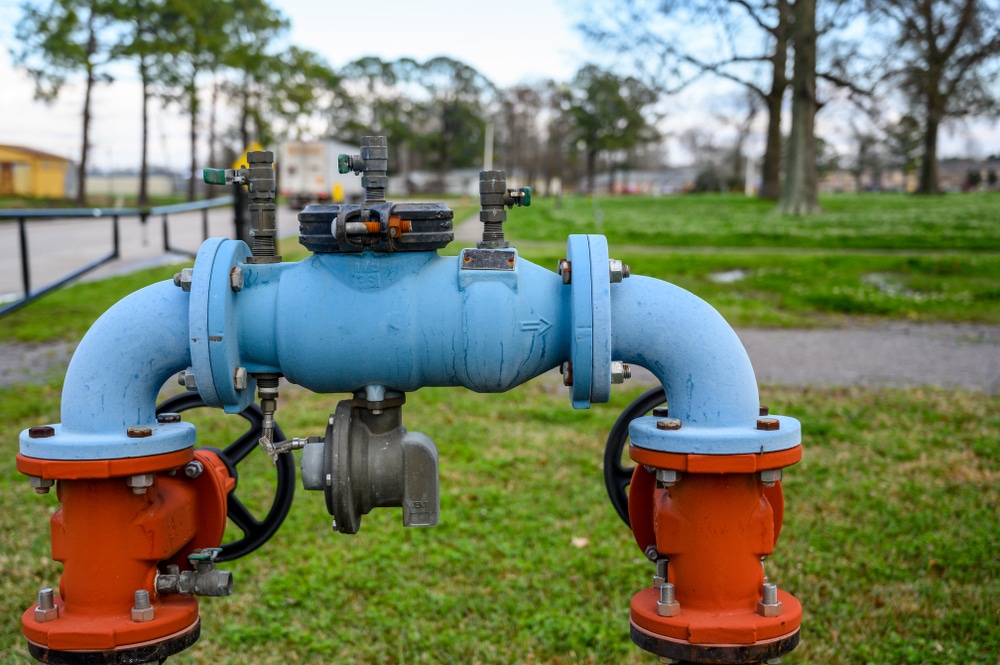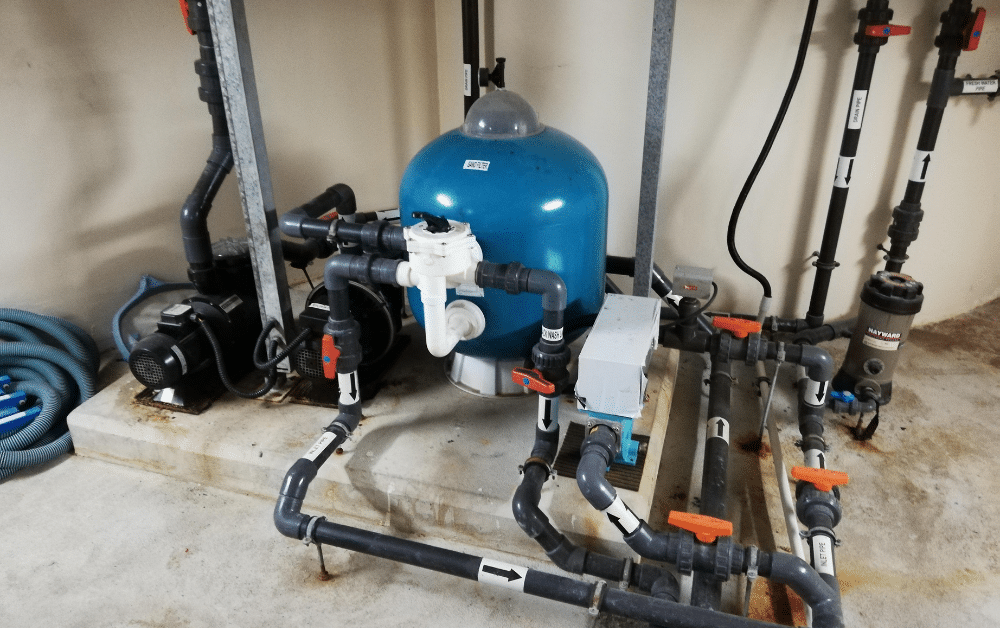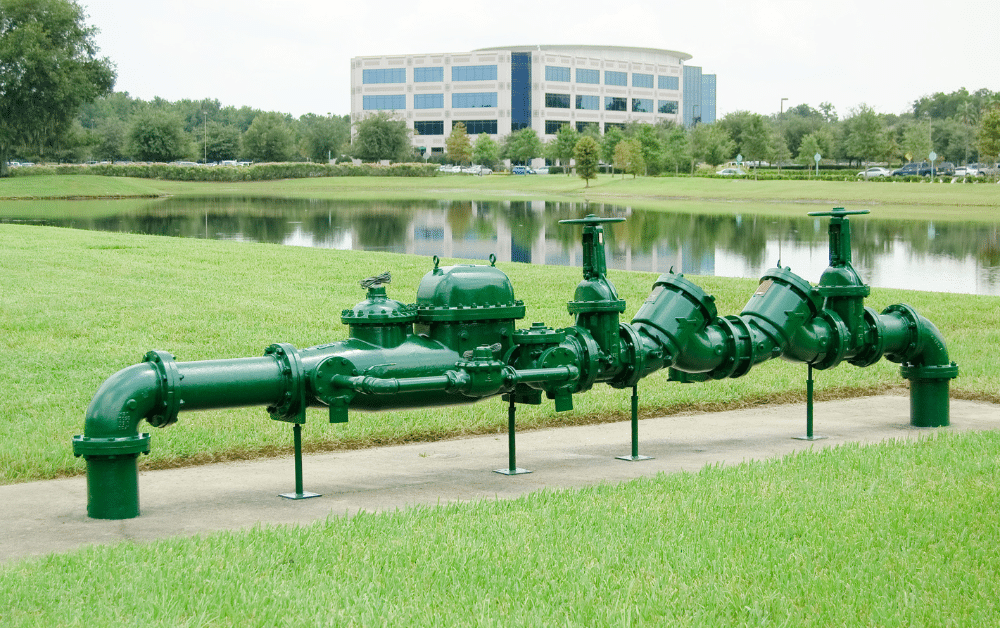Toilet repair becomes essential when one of the most frequently used fixtures in your home starts to malfunction, leading to discomfort, wasted water, and even costly property damage. A properly working toilet is critical for maintaining household hygiene and convenience. Even minor issues, if left unaddressed, can quickly escalate into larger plumbing problems. From persistent leaks to weak flushing, these warning signs should never be ignored. Addressing problems with professional support early on can help you steer clear of wasted time, money, and stress. Trusting experts like MoCo Plumbing ensures that any repair is handled quickly and correctly.
Constant Running Water
Why Toilets Keep Running After Flushing
When your toilet continues to run after you’ve flushed, it’s usually a sign that something inside the tank isn’t functioning correctly. Common causes include a worn-out flapper that doesn’t seal properly or a faulty fill valve that fails to shut off the water flow. These components control how water enters and exits the tank, and if they malfunction, it can cause the toilet to constantly refill. As a result, water continuously drains into the bowl, leading to unnecessary usage. Over time, this small leak can significantly increase your water bill. Addressing the problem early with professional toilet repair can restore efficiency and prevent waste.
The Cost of Ignoring Running Water
Though it may seem like a minor annoyance, a constantly running toilet can lead to serious consequences. It wastes hundreds of gallons of water every week, which can quickly inflate your utility costs. In addition to higher bills, the constant flow of water can wear down internal parts and shorten the life of your toilet. The sound of running water can also be disruptive, especially at night. Ignoring it not only affects your budget but can also result in bigger mechanical failures down the road.
How Professional Repair Can Help
Fixing a running toilet is typically straightforward when handled by a trained professional. A plumber can quickly identify whether the issue is with the flapper, fill valve, or another internal component. They’ll also check for any additional wear that could cause future leaks or inefficiency. Replacing the faulty parts can stop the water flow, restore normal operation, and reduce your water consumption. When done properly, the fix can extend the lifespan of your toilet and improve its performance.
Weak or Incomplete Flush
What Causes a Weak Flush
A toilet that doesn’t flush completely can be frustrating and unsanitary. Often, the issue lies with a clog in the trap or drainpipe, or it could be due to a malfunctioning flush mechanism. Another possible cause is low water pressure in the tank, which prevents the bowl from being cleared properly. In some cases, mineral buildup in the jets under the bowl rim can restrict water flow. A weak flush means your toilet isn’t working as it should, and the longer it persists, the worse the performance becomes. Proper toilet repair can restore full flushing power and improve overall hygiene.
The Risks of Repeated Flushing
Having to flush multiple times isn’t just a hassle—it wastes water and puts unnecessary strain on your toilet. Each flush uses several gallons of water, and repeated flushing can increase that usage by two to three times. Over time, the additional wear on internal components can lead to further malfunctions. In households with frequent use, this can quickly create a pattern of recurring issues and maintenance. More importantly, poor flushing can leave behind waste, leading to unpleasant odors and unsanitary conditions. Prompt toilet repair helps you avoid these problems and restores normal function.
Getting to the Root of the Issue
To accurately diagnose and fix a weak flush, a professional should be consulted. Plumbers have the tools and experience to examine the toilet’s internal mechanisms, check water levels, and assess for hidden clogs. Sometimes, a minor adjustment or cleaning can fix the issue, while other times, parts may need to be replaced. Addressing the problem thoroughly ensures that your toilet doesn’t continue to waste water or underperform. A dependable repair saves money, improves efficiency, and restores peace of mind.
Frequent Clogs
When Clogs Become a Pattern
Most homeowners will deal with a clogged toilet at some point, but frequent clogs are not typical. If you find yourself plunging the toilet several times a week, there’s likely a bigger issue at play. Repeated clogs may indicate a problem with the toilet’s design, a partial blockage in the drain, or a more complex issue within your home’s plumbing system. These problems can develop slowly over time or occur suddenly after improper disposal of non-flushable materials. Either way, it’s a clear sign that professional toilet repair is needed. Addressing the root cause early can prevent larger plumbing failures.
What Frequent Clogs May Indicate
Frequent blockages suggest more than just a one-time issue—they point to an underlying problem that’s not being addressed. The trap inside the toilet might be too narrow, or there could be a buildup of debris in the drain line. In some cases, tree roots or other obstructions outside the home may affect drainage. Whatever the cause, the result is the same: inconvenience, embarrassment, and potential water damage. Without proper repair, repeated clogs can lead to pipe bursts or overflows.
Why Professional Help Is Essential
Professional plumbers have specialized tools to inspect and clear stubborn blockages, as well as to identify underlying design flaws. A trained technician can perform a camera inspection or use hydro-jetting equipment to thoroughly clean the line. This level of service goes far beyond what a plunger or drain cleaner can do. Attempting repeated DIY fixes can sometimes make the issue worse or delay a needed repair. For fast, effective relief from constant clogs, trust MoCo Plumbing to handle your toilet repair with care and precision. You’ll have peace of mind knowing the problem has been resolved properly.
Water Leaks Around the Base
Identifying Water at the Toilet’s Base
If you spot water pooling around the base of your toilet, don’t ignore it. This often signals a damaged wax ring or improper toilet installation, both of which require immediate attention. Water leaking from the base can seep into your floor and subfloor, causing hidden damage that grows worse over time. You might also notice a musty smell or soft spots on the floor nearby. While the leak may appear minor at first, the consequences can be major. Acting quickly to schedule toilet repair can protect your home from costly water damage.
The Damage Leaks Can Cause
Leaks at the base of the toilet are more than a nuisance—they’re a potential hazard to your home. Persistent moisture can lead to wood rot, mold growth, and warped flooring, all of which are expensive to fix. Over time, structural damage may require full floor replacement or even affect other parts of your plumbing system. Not only that, but standing water also presents a safety risk and can become a breeding ground for bacteria. Fixing the leak promptly is essential to prevent bigger issues.
Fast Repairs Prevent Further Issues
The sooner a base leak is addressed, the less damage it can do to your home. Replacing the wax ring, leveling the toilet, or tightening bolts can often resolve the issue completely. An expert plumber will see to it that the toilet is seated properly and that all connections are secure. They will also check for signs of additional problems that might have contributed to the leak. Timely intervention not only saves your flooring but also restores peace of mind.
Cracks in the Tank or Bowl
Why Cracks Are More Serious Than They Appear
At first glance, a small crack in your toilet tank or bowl may seem harmless, but it can quickly lead to water leakage or structural failure. These cracks often develop from impact, temperature fluctuations, or long-term wear. Even hairline fractures can allow water to escape and damage surrounding surfaces. Over time, the crack may grow and cause the entire tank or bowl to fail suddenly. Ignoring cracks can result in unexpected leaks and potential flooding. That’s why it’s critical to seek toilet repair the moment a crack is noticed.
Early Signs of Cracks to Watch For
Before a full break occurs, you might notice water trickling from the tank, unexplained puddles, or lower water levels without flushing. These are signs that your toilet may be cracked, even if the damage isn’t immediately visible. In many cases, a careful inspection is needed to confirm the source of the leak. Failing to address it promptly may bring about more severe repairs or full toilet replacement. It’s better to address the issue while it’s manageable and affordable.
Repair or Replace? Let a Pro Decide
Making a decision between repair and replacement requires evaluating the location and severity of the crack. A professional plumber can assess the damage and give you honest advice about the best path forward. Some minor cracks can be sealed, but others may pose too great a risk to keep the fixture in use. Safety and durability should always guide your decision, and professionals will ensure the work is done right. Whether it’s a quick fix or a complete replacement, you’ll get reliable service every time.
Conclusion
Toilet issues often start small but can quickly become major problems if ignored. From running water and weak flushing to frequent clogs and base leaks, these signs indicate that your toilet needs attention. Even minor cracks can lead to costly repairs if not handled promptly. That’s why knowing when to seek toilet repair is key to protecting your home and plumbing system. With fast, dependable service from MoCo Plumbing, you can address these problems before they escalate.
Contact MoCo Plumbing today to schedule your expert toilet inspection and keep your bathroom running smoothly.



















